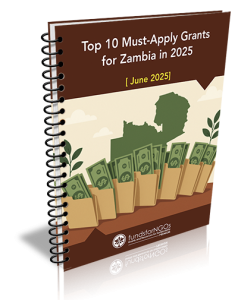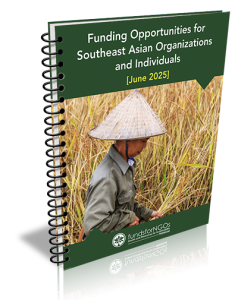Deadline: 29-Aug-2025
The Global Heat Health Information Network, in collaboration with Internews’ Earth Journalism Network, has launched a global photography competition to highlight the real-life effects of extreme heat and how communities worldwide are responding. The competition invites original and compelling photographs showing the human, environmental, and infrastructural impacts of extreme heat, as well as the strategies people use to cope and stay resilient.
Photographers are encouraged to submit images under four themes: the effects of heat on human health, infrastructure and the economy, the environment and animals, and community resilience strategies. Each theme includes examples, such as workers in sun-protective gear, birds cooling off in shade, buckled roads, or public cooling centers.
Winners of the competition will not receive monetary prizes, but they will gain valuable recognition and exposure. They will be invited to a virtual Photojournalism Masterclass with experienced documentary photographer Nicola Vigilanti, where they will learn about storytelling, ethics, technique, and visual narrative building. Finalist photos will also be featured in a joint photo essay by GHHIN and EJN, included in a digital exhibit shown at UN climate and health events, and promoted online with full credit. Winners will receive a certificate of recognition from GHHIN.
Anyone aged 18 or above can enter the competition, regardless of nationality, except employees or contractors of GHHIN or the WMO Secretariat. Photos must be original, submitted in JPEG or PNG format with minimal compression, and at least 4000 x 3000 pixels in size. AI-generated images are not allowed. Entries must include a title, date, location, and a caption that explains the image’s context. While multiple entries are welcome, each entrant can win in only one category. Previously published or awarded photos, excluding those on personal social media, are not eligible.
Submissions will be judged equally based on clarity of message, creativity, composition, and the potential to raise awareness about heat-related challenges and solutions.
For more information, visit Global Heat Health Information Network.








































